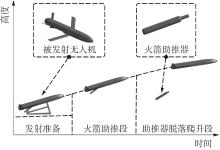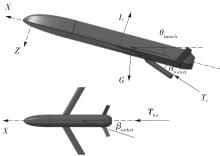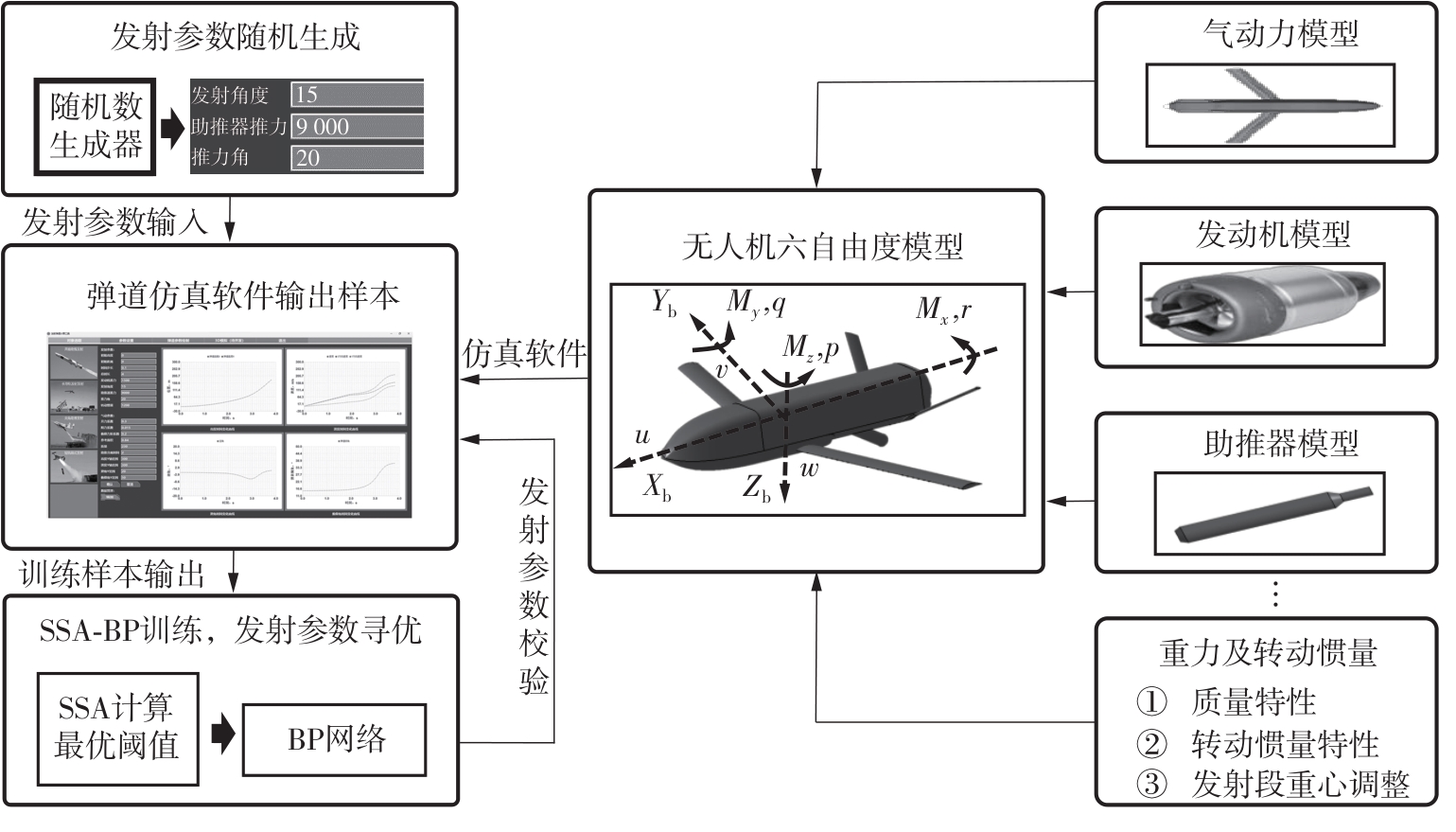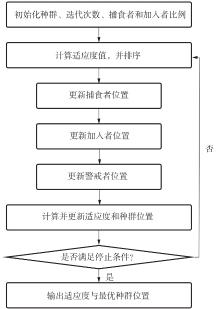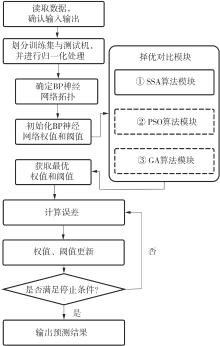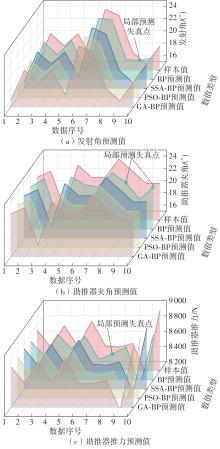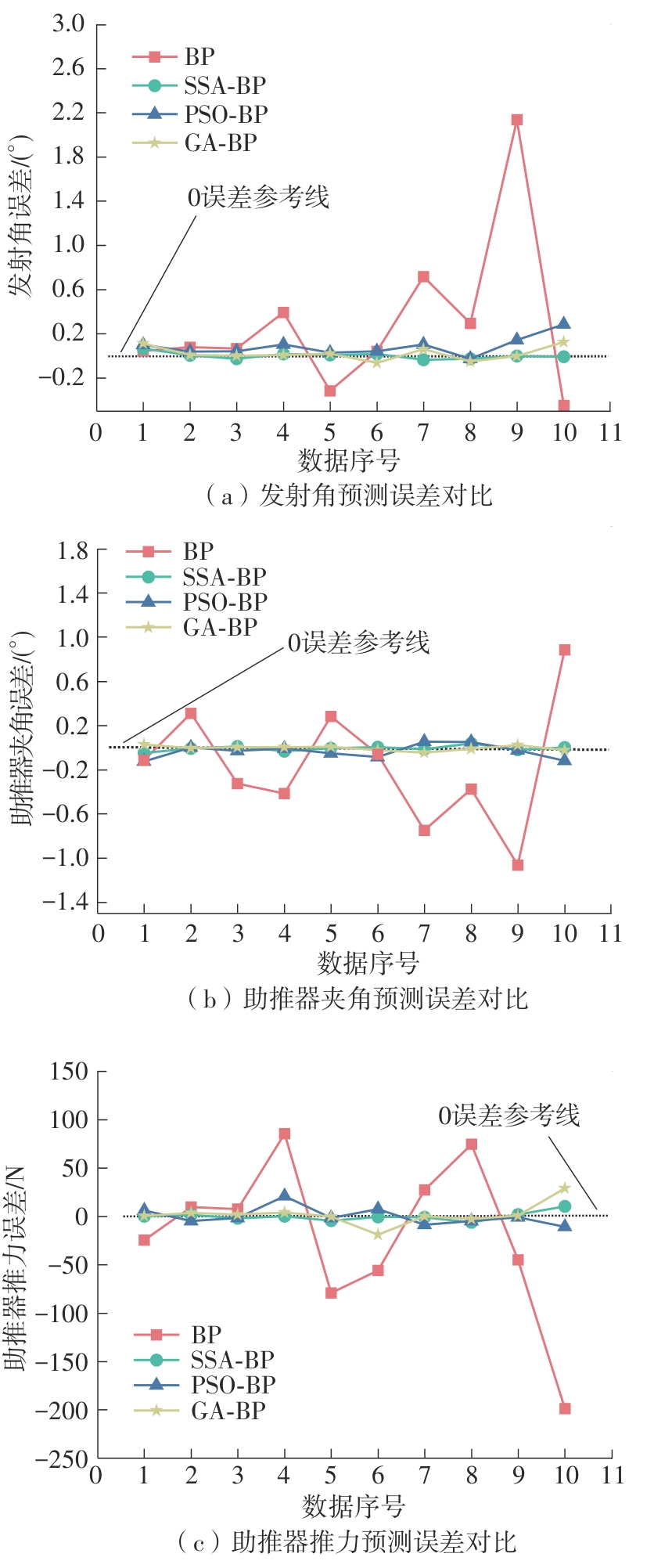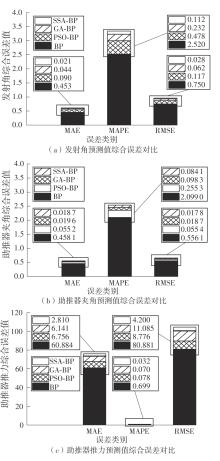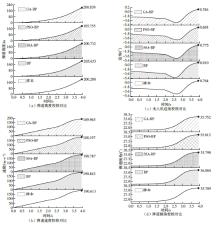| 1 |
YIN J, LI W, ZHAO L,et al . Simulation and analysis of UAV zero-length launch with rocket booster[J].Advances in Guidance, Navigation and Control,2022,644:3635-3645.
|
| 2 |
YIN J, ZHANG B, ZHAO L,et al .Simulation and analysis of short rail launch for UAV with rocket booster[C]∥Proceedings of 2020 3rd International Conference on Unmanned Systems (ICUS).Shanghai:IEEE,2020.
|
| 3 |
LIU B, FANG Z, LI P,et al .Takeoff analysis and simulation of a small scaled UAV with a rocket booster[J].Advanced Materials Research, 2011,1286(267):674-682.
|
| 4 |
PAKE G M, ANVAR A .A feasibility study of design and development of submersible tube launched UAV-robot[C]∥Proceedings of 2014 13th International Conference on Control, Automation, Robotics & Vision. Singapore:IEEE,2014:1615-1620.
|
| 5 |
ZHU Z, GUO H, MA J .Aerodynamic layout optimization design of a barrel-launched UAV wing considering control capability of multiple control surfaces[J].Aerospace Science and Technology, 2019,93:105297/1-12.
|
| 6 |
LIU Q, BAO J, Shao Y, et al .Dynamic modeling and underwater configuration analysis of fiber optic cable for UUV-launched UAV[J].Ocean Engineering,2024,303,117774/1-15.
|
| 7 |
ZHOU Q B, RUI X T, WANG G P,et al .An efficient and modular modeling for launch dynamics of tubed rockets on a moving launcher[J].Defence Technology, 2021, 17(6):2011-2026.
|
| 8 |
LU J X, WANG C, WEI Y J, et al .Experimental and theoretical investigation of the cavity dynamics of underwater launched projectiles[J].Ocean Engineering,2022,254,111291/1-12.
|
| 9 |
李浩,肖前贵,胡寿松 .火箭助推无人机起飞发射段建模与仿真[J].东南大学学报(自然科学版),2010,40(S1):136-139.
|
|
LI Hao, XIAO Qiangui, HU Shousong .Modeling and simulation of UAV launching by rocket booster process[J].Journal of Southeast University(Natural Science Edition), 2010, 40(S1) : 136-139 .
|
| 10 |
LIU X L, XIA C N, MA S G .The modeling and simulation of UAV pneumatic launch system[J].Applied Mechanics and Materials, 2013, 2306(299):27-30.
|
| 11 |
GÖKBEL E, GÜELLÜ A, ERSOY S .Improvement of UAV: design and implementation on launchability[J].Aircraft Engineering and Aerospace Technology, 2023, 95(5): 734-740.
|
| 12 |
赵志俊,拜莉莎,孟祥喆 .基于试验设计的无人机火箭助推起飞参数敏感性分析与优化[J].飞行力学,2024,42(1):89-94.
|
|
ZHAO Zhijun, BAI Lisha, MENG Xiangzhe .Sensitivity analysis and optimization of UAV rocket booster launch parameters based on DOE[J].Flight Dynamics, 2024,42(1):89-94.
|
| 13 |
何丽莎,郑耀,解利军,等 .环境风对特定无人机零长发射安全性的影响[J].哈尔滨工程大学学报, 2019,40(7):1201-1207.
|
|
HE Lisha, ZHENG Yao, XIE Lijun, et al .Influence of environmental wind on the safety of a specific UAV zero-length launch[J].Journal of Harbin Engineering University, 2019,40(7):1201-1207.
|
| 14 |
贺跃帮,裴海龙,叶祥,等 .无人直升机的自适应动态面轨迹跟踪控制[J].华南理工大学学报(自然科学版),2013,41(5):1-8.
|
|
HE Yue-bang, PEI Hai-long, YE Xiang, et al .Trajectory tracking control of unmanned helicopter by using adaptive dynamic surface approach[J].Journal of South China University of Technology(Natural Science Edition), 2013,41(5):1-8.
|
| 15 |
WENG L, LIU Q, XIA M, et al .Immune network-based swarm intelligence and its application to unmanned aerial vehicle (UAV) swarm coordination[J].Neurocomputing, 2014, 125(11):134-141.
|
| 16 |
李林洋,徐天河,王君婷,等 .联合匹配场和神经网络的声速时间场构建方法[J].哈尔滨工程大学学报,2023,44(11):2044-2053.
|
|
LI Linyang, XU Tianhe, WANG Junting,et al .A method for constructing sound velocity time field by combining matched field and neural network [J].Journal of Harbin Engineering University,2023,44(11):2044-2053.
|
| 17 |
党婉莹,周乐来,李贻斌,等 .模块化机器人最优越野构型神经网络规划方法[J].兵工学报,2024,45(10):3674-3685.
|
|
DANG Wanying, ZHOU Lelai, LI Yibin, et al .Neural network planning method for optimal off-road configuration of modular robots[J].Acta Armamentarii,2024,45(10):3674-3685.
|
| 18 |
张香竹,张立家,宋逸凡,等 .基于深度学习的无人机单目视觉避障算法[J].华南理工大学学报(自然科学版),2022,50(1):101-108,131.
|
|
ZHANG Xiangzhu, ZHANG Lijia, SONG Yifan,et al .Obstacle avoidance algorithm for unmanned aerial vehicle vision based on deep learning [J].Journal of South China University of Technology (Natural Science Edition), 2022,50(1):101-108,131.
|
| 19 |
JIANG W, WANG Z, LI S .An adaptive RK-UKF projectile impact point prediction method based on strong tracking filter[C]∥Proceedings of 2020 9th Asia-Pacific Conference on Antennas and Propagation (APCAP).Xiamen:IEEE, 2020.
|
| 20 |
ZHANG X, YAO X, ZHENG Q .Impact point prediction guidance based on iterative process for dual-spin projectile with fixed canards[J].Chinese Journal of Aeronautics,2019,32(8):1967-1981.
|
| 21 |
赵捍东,李志鹏 .基于径向基函数神经网络和无迹卡尔曼滤波的弹丸落点预报方法研究[J].兵工学报,2014,35(7):965-971.
|
|
ZHAO Han-dong, LI Zhi-peng .Research on impactpoint prediction method based on radial basis function neural network and unscented Kalman filter [J].Acta Armamentarii, 2014,35(7):965-971.
|
| 22 |
LI Z M, LIN T, MA Y H,et al .Research on coordinated charging of electric vehicle based on GA-BP power quality prediction[C]∥Proceedings of the 2015 International Conference on Electronics, Electrical Engineering and Information Science.Xiamen: World Scientific Publishing Co Pte Ltd,2016.
|
| 23 |
XUE J, SHEN B .A novel swarm intelligence optimization approach: sparrow search algorithm[J].Systems Science & Control Engineering, 2020, 8(1):22-34.
|
| 24 |
WANG X, LIU J, HOU T,et al .The SSA-BP-based potential threat prediction for aerial target considering commander emotion[J].Defence Technology,2022,18(11):2097-2106.
|
| 25 |
XIN J, CHEN J, LI C,et al .Deformation characterization of oil and gas pipeline by ACM technique based on SSA-BP neural network model[J].Measurement,2022,189:110654/1-22.
|
| 26 |
WANG J, SHENG Z, ZHOU B,et al .Lightning potential forecast over Nanjing with denoised sounding-derived indices based on SSA and CS-BP neural network[J].Atmospheric Research, 2014, 137(12): 245-256.
|
| 27 |
张福生,潘学文,路超 .基于SSA优化BP神经网络的故障诊断系统研究[J].中国工程机械学报,2022,20(1):81-85,90.
|
|
ZHANG Fusheng, PAN Xuewen, LU Chao .Research on fault diagnosis system based on SSA optimized BP neural network [J].Chinese Journal of Construction Machinery, 2022,20(1):81-85,90.
|
| 28 |
陈亮,郝祎纯,李巧茹,等 .改进SSA优化的BP神经网络交通量预测模型[J].哈尔滨工业大学学报,2024,56(7):94-101.
|
|
CHEN Liang, HAO Yichun, LI Qiaoru, et al .Traffic volume forecast model based on BP neural network optimized by improved sparrow search algorithm [J].Journal of Harbin Institute of Technology, 2024,56(7):94-101.
|
